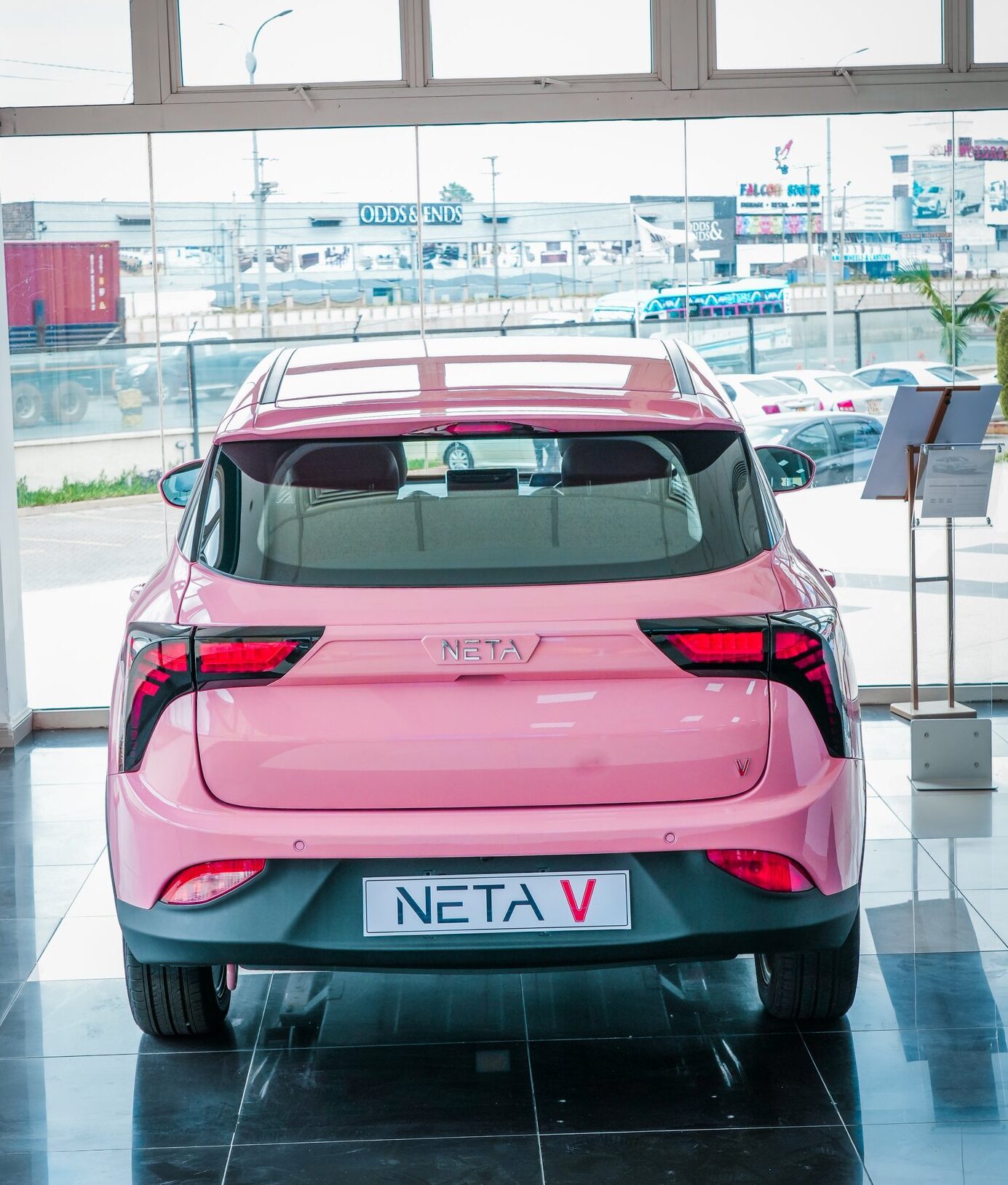The decarbonization movement is facing a double whammy here in the US. On top of this year’s abrupt shift in federal energy policy, electricity demand is rising, lending fresh ammo to the argument that a whole new fleet of gas power plants is necessary. Still, the energy transition is a many-headed hydra. Despite the setbacks, signs of a low-carbon future just keep on coming.
The Energy Transition Has Legs: Follow The Money
Somewhat ironically, the US wind, solar, and energy storage industries have already proven they can add new carbon-free kilowatts to the nation’s power generation capacity at a rapid clip. All three are much more nimble than gas, which is struggling with supply chain bottlenecks. Nevertheless, Congress has been eying a pullback on federal support for renewable energy, including the end of longstanding R&D programs as well as tax credits for manufacturing and production implemented during the Biden administration.
The final decision is up to the Republican majority in Congress, which controls the budget process this year. Will they or won’t they? Either way, energy costs money regardless of where it comes from, and stakeholders in the energy efficiency business are not waiting around to see which way the political winds blow.
In the latest development, earlier this week the fast-moving US energy-as-a-service startup Budderfly announced that it received another $100 million in debt financing from the Connecticut-based global firm Nuveen Energy Infrastructure Credit (a branch of TIAA), boosting Budderfly up over the $1 billion mark.
“Energy-as-a-service” describes a relatively new way for building owners to finance energy system upgrades. Instead of having to pay up-front costs for the equipment and do all the grunt work of figuring out how to get the job done, building owners can just call up an EaaS company. The company takes care of everything, and the building owner pays for the project through monthly savings on their utility bills — because cutting monthly energy costs is what the upgrade will do.
The EaaS business is similar to the now-familiar power purchase agreements, which helped jump start the energy transition by relieving energy consumers from the up-front costs of building their own solar arrays and wind farms. With EaaS, renewable energy projects can be combined with energy efficiency upgrades, too.
The Budderfly Effect
Budderfly is certainly not the only energy-as-a-service specialist to emerge in recent years, but its $1 billion+ in raised capital puts it in the big leagues of the energy transition.
“Budderfly’s holistic, behind-the-meter approach integrates advanced HVACs, LED lighting, smart controls, and water-saving technologies—all at no upfront cost,” the company explained in a press statement celebrating the Nuveen transaction.
“Through 10-15 year service agreements and by investing its own capital, Budderfly delivers customers lower operating costs and helps them achieve progress toward their sustainability goals,” the company added.
Did you see that? Budderfly used the s-word. “Sustainability” is a dirty word in some circles nowadays, but energy transition stakeholders like Budderfly are not buying whatever the anti-sustainability crowd is selling. The emphasis is on sustainable, as in getting the most bang for one’s buck.
“This milestone – surpassing $1 billion in capital – is more than just an achievement for our company–it’s clear validation of the importance of energy efficiency in the built environment,” explains Budderfly CEO Al Subbloie.
“Especially in today’s increasingly complex macro environment, businesses need resilient, market-driven solutions, and our model delivers just that: energy savings at zero cost,” he elaborates.
Nuveen is also not shy about using the language of the energy transition to make the business case for Budderfly’s EAS model. “Budderfly’s energy management platform is one of the most compelling models we’ve seen for delivering real, scalable decarbonization in the built environment,” observed Nuveen EIC’s head of Infrastructure Credit, Don Dimitrievich, who also took note of Budderfly’s “ability to generate predictable cash flows, deliver energy savings for Budderfly’s clients, and serve a largely untapped market segment.”
The Energy Transition Makes Dollars & Sense
Budderfly is new on the CleanTechnica radar, so we have some catching up to do. With almost 7,000 customers under its EaaS belt, Budderfly bills itself as one of the fastest-growing EaaS companies in the US with a firm eye on the bottom line benefits of the energy transition.
“The energy transition will only succeed if it’s profitable,” said Subbloie in a press statement last year, in which he took note of the company’s AI-enabled energy management system.
“Budderfly isn’t just responding to market conditions—it’s a disruptive force built to meet the evolving energy landscape,” he added.
You can say that again. The company launched in 2007 as a business management software firm before expanding into the hardware end of business management in 2017. Restaurants were the initial focus of attention until last year, when the company began applying its EaaS model to convenience stores, fitness centers, and other ventures while also adding water-conserving elements to its roster of services.
Next Steps For Budderfly
Earlier this year Budderfly marked the launch of a project for its first industrial customer, the Connecticut-based graphics and foamboard manufacture The Gilman Brothers Company. The 128-year-old Gilman Brothers will get a $1.5 million energy efficiency makeover from Budderfly including a 750-kilowatt rooftop solar project, with no money up front.
“Over the 15-year agreement, Budderfly expects to lower Gilman Brothers’ annual energy costs by up to 30% and cut carbon emissions from electricity consumption in half—equivalent to 9,000 metric tons, or removing nearly 2,100 gasoline-powered cars from the road,” Budderfly summarized.
Pushing the sustainability pitch up to 11 on the dial, Budderfly also noted that Gilman “faces the challenge of moving away from fossil fuel dependency and outdated lighting to a more sustainable, cost-effective clean energy future.”
“Budderfly’s full-service model is enabling Gilman Brothers to implement high-efficiency upgrades, integrate renewable energy, and maintain its legacy of innovation—all while working toward ambitious net-zero goals,” Budderfly adds for good measure.
Gilman VP of Operations Jeff Blanchard also chipped in his two cents. “Gilman Brothers has long understood the operational and financial benefits of having greater control over our energy supply as well as transparency into how we’re using it,” he said in a press statement. Blanchard also noted that the EaaS relieves businesses from the full-time chore of energy management.
“Budderfly’s holistic approach and financial model is what independent manufacturers like Gilman Brothers want—and need. With Budderfly, we’re able to stay focused on our core mission to deliver our customers quality products while also trusting that our evolving energy needs are being met,” he emphasized.
As for Nuveen, the $1.3 trillion asset management firm is on the move. Keep an eye on its Green Capital branch, which bills itself as “a leader in sustainable commercial real estate financing solutions” for yet another indication that the energy transition is here to stay.
Image (screenshot): The US energy-as-a-service startup Budderfly is pushing the US energy transition into high gear, with more than $1 billion in capital under its belt (courtesy of Budderfly via YouTube).

Sign up for CleanTechnica’s Weekly Substack for Zach and Scott’s in-depth analyses and high level summaries, sign up for our daily newsletter, and follow us on Google News!
Whether you have solar power or not, please complete our latest solar power survey.
Have a tip for CleanTechnica? Want to advertise? Want to suggest a guest for our CleanTech Talk podcast? Contact us here.
Sign up for our daily newsletter for 15 new cleantech stories a day. Or sign up for our weekly one on top stories of the week if daily is too frequent.
CleanTechnica uses affiliate links. See our policy here.
CleanTechnica’s Comment Policy





